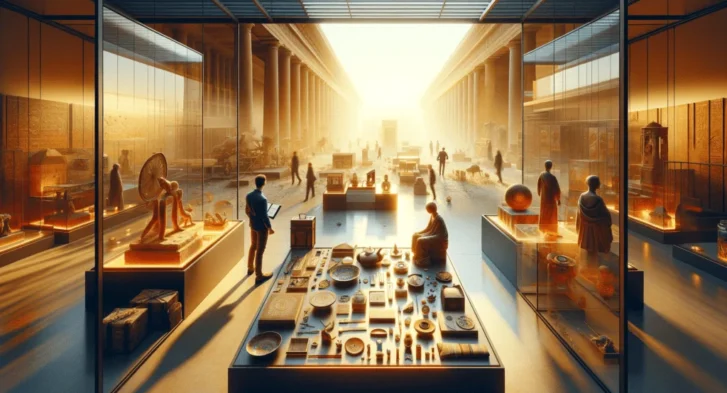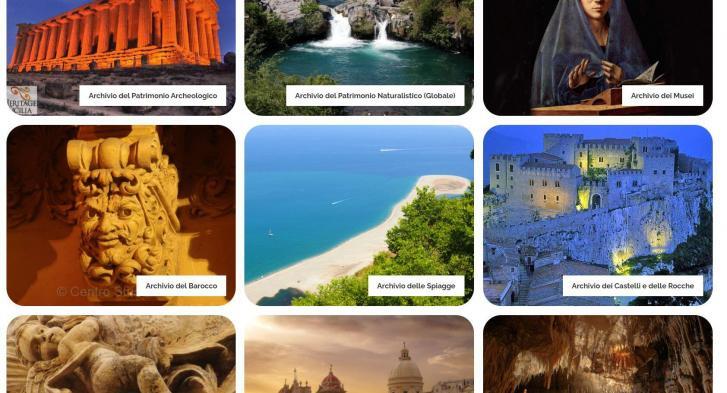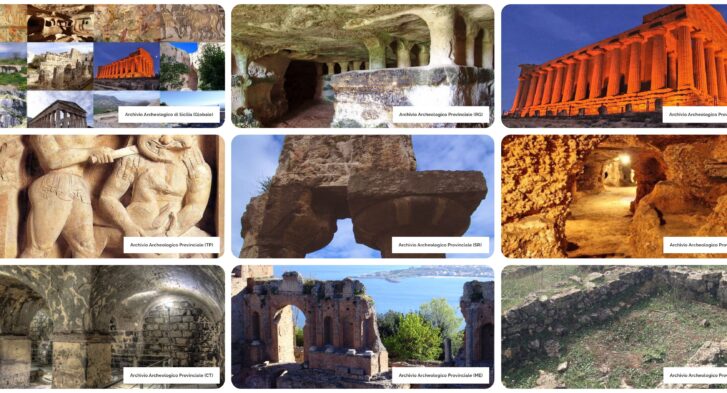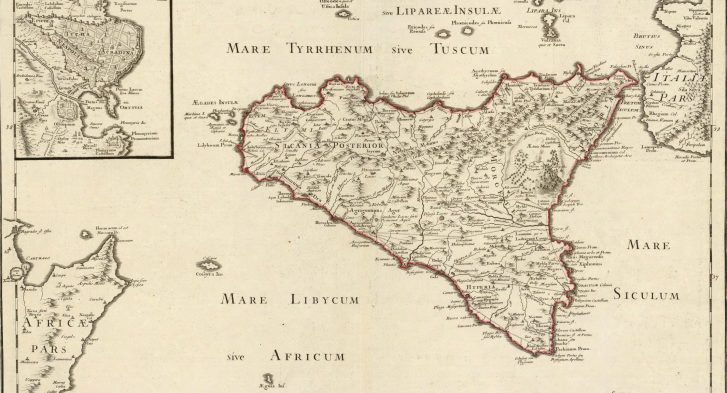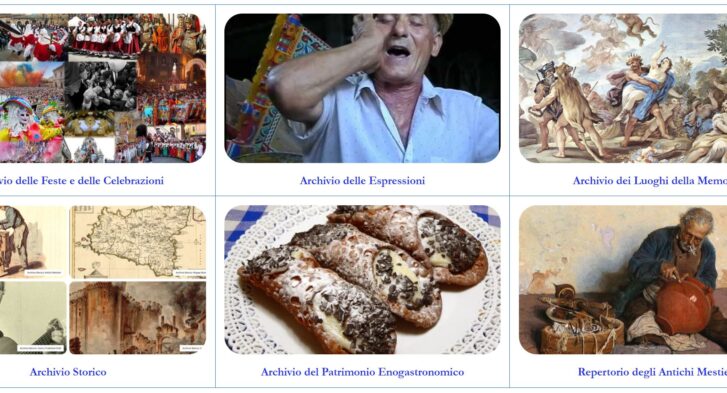Bread
Reference page: Repertory of Cults and Myths
Origins of the myth
Pan is a deity from Arcadia, a mountainous region of Greece, in the center of the Peloponnese. God of shepherds and flocks, he is represented as a half man and half animal demon, bearded, with a prominent chin, two long horns, a hairy body and lower limbs similar to those of a goat.

Pan and Dafni. Marble, Roman copy of a Greek original by Heliodorus (III-II century BC). National Archaeological Museum of Naples
Gifted with a particularly intense sexual activity, he was often in search of girls and boys. It is said that, when the love search was unsuccessful, he provided himself to satisfy his desires.
There are many versions that tell of his birth. According to one of these versions, Pan was the son of the god Hermes and when he was born, her mother must have been quite upset to see that her son was actually a little monster, half human and half animal. But Hermes wrapped the newborn in a hare skin and took him to Olympus where the gods were happy to welcome the little one. Among all, the most joyful was Dionysus, who wanted him in his procession, together with Silenus and the Satyrs and that is why the cult of him was often associated with that of Dionysus.
In Rome Pan is sometimes identified with the god Faun, sometimes with the god of the woods Silvano. Among its attributes are the syringe, also known as Pan's flute, and the shepherd's crook.

Hendrick van Balen, Pan Chasing Syringa (post 1615) National Gallery, London
The Cult in Sicily
In Sicily, where the agricultural and pastoral component was predominant, the cult of Pan could not be missing, even if it was not widespread and was, in any case, associated with that of Daphnis, to whom the god taught music.
There are not many traces that testify to the existence of this cult. Some coins have been found with the effigy of the god Pan whose origin is unknown, however [Ciaceri Emanuele: Culti e Miti dell'Antica Sicilia p. 227].
Ad Egesta, in the remains of the ancient theater, some scenes depicting the god Pan are still visible, even if poorly preserved.
A Piazza Armerina, in the villa del Casale, on the floor of antechamber 42 of the southern apartment, a fight scene is depicted between Eros and Pan, together with a Dionysian group (Silenus, Satyr and two Maenads).
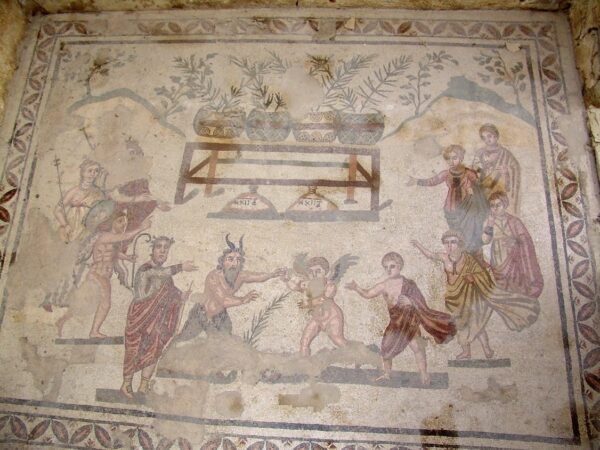
Villa Romana del Casale: Vestibule of Eros and Pan (Photo: Ignazio Caloggero)
The cult must have existed perhaps also in Centuripe, as evidenced by the discovery of a terracotta statuette of the first century. BC, now preserved in the Archaeological Museum of Syracuse.
The Christian religion imported some of the physical characteristics of the god Pan, the goat feet, horns and beak lace which became the typical attributes of the devil.
Extract from the Book ” Cults of Ancient Sicily” by Ignazio Caloggero ISBN: 9788832060102 © 2022 Centro Studi Helios srl


